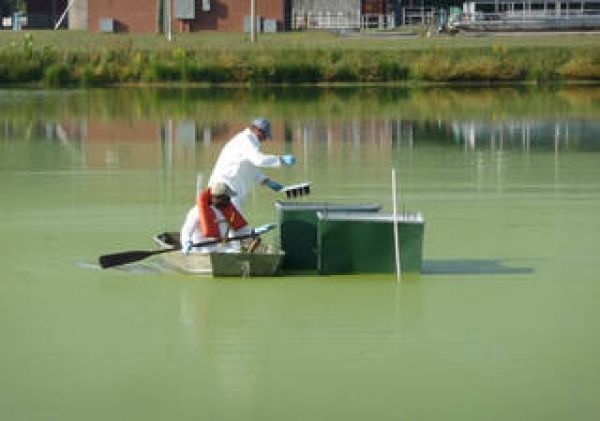In her quest to find out, the engineer demonstrated NASA resourcefulness, starting out with a couple of plastic drinking straws she grabbed from a cafeteria at the agency’s Kennedy Space Center in Florida.
The contaminants she was working against were polychlorinated biphenyls, more commonly referred to as PCBs. When the molecules were first developed, they were added to paint because they are non-flammable and can withstand temperature extremes. That meant paint wouldn’t crack, peel or catch fire, all important qualities for buildings located near rocket launches.
But PCBs can also have negative effects on humans and animals, in particular by changing how their hormones function. This can result in physical and mental developmental issues.
“Nobody set out with the intent of hurting anyone when they developed PCBs,” said Quinn, an environmental engineer at Kennedy. “We just didn't know. But when you do know, you’ve got to go fix it. That's what we're trying to do.”
Continue reading at NASA
Image via NASA


